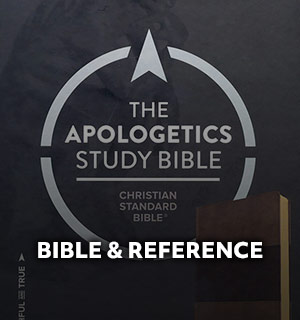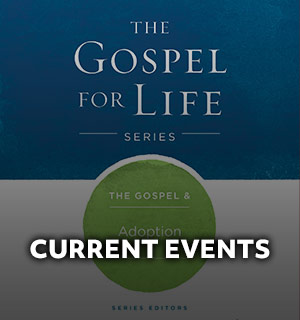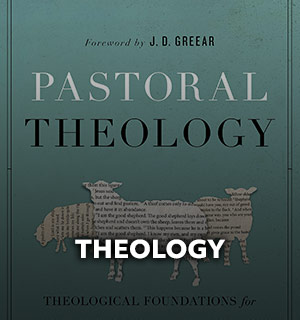Have you ever felt like your audience was gone before you ever got the chance to say “Turn in your Bible to…”?
Maybe it was a time of singing where the technical components came unglued. Or, maybe someone in the congregation was coughing up a lung, or a choir or praise team member dropped something during prayer, or maybe it’s just one of those mornings.
Preaching that communicates is difficult. That’s why the introduction to the sermon is so important. The introduction is the lens that brings a dozen–or a thousand–wondering minds into focus.
Here are three good reasons to give primary attention to the introduction of your sermon: it helps the congregation focus, it prepares them for the main course, it connects communicator and congregation.
The introduction helps the congregation focus.
People, by and large, do not arrive at the place where your church meets with hearts prepared for worship. Family squabbles, child wrestling-matches, sick dogs, traffic, and a myriad of other distractions accompany nearly every family’s Sunday morning ritual. Detaching a screaming child for a nursery stay is enough to make most parents lose progress in sanctification.
In many churches, the main service is preceded by a small group study which, while beneficial, creates more for the brain to handle. We walk into the main service with so much “white noise” in our minds it’s no wonder the rush to the lunch buffet to “beat the Methodists” is a running joke in so many churches.
When you are preparing your sermon, approach the introduction as if no one in the room is prepared to listen. You have to—quite literally—herd cats in a mental, emotional, and spiritual sense. Even if the majority of people listening want to learn and want to hear and want to draw closer to God, they aren’t always ready. The introduction is the preacher’s tool to excise distractions from the hearing of God’s Word.
The introduction prepares them for the main course.
Recently I was asked to preach as part of a series on mental health, the gospel, and the church. My message title was, “Behind the Mask,” and I was to deal with being open and honest about our struggles with mental illness.
The church has a projection system so I introduced the sermon using a series of images from pop-culture, with a brief explanation of each.




Then, I presented the mask that most people wear in their daily lives, to church, to small group.
The initial images reinforced the idea of masks, while the final image prepared us to move into the main course of the message.
The introduction connects communicator and congregation.
There is some discussion in pastoral circles over preaching from a manuscript and with/without notes. Even if you feel more comfortable with a full manuscript I think speaking directly to the congregation in the introduction, without reference to notes, prepares them not just to hear but to hear you. The pastor is the messenger.
Phillips Brooks said, “Preaching is truth communicated through personality.” God gave every pastor a personality. While we should not let our personalities dominate the Word of God, neither should be fear allowing our personalities to communicate it. Don’t hide the light under a bushel, and don’t hide yourself there either.
Make eye contact during the introduction. Talk to the congregation, not just at them. Let them see your face and facial expressions. The goal isn’t to make them think you’re the greatest, friendliest person in the world. The goal is to assure them you know they are in the room and believe God’s message will transform their lives.
Week after week, month after month, you can gain a hearing when you make sure the audience is engaged. You need not put on a side-show, and you’ll find them attentive if your sermon introductions connect to the audience, reign in their wandering minds, and prepare them for the main part of the message.








